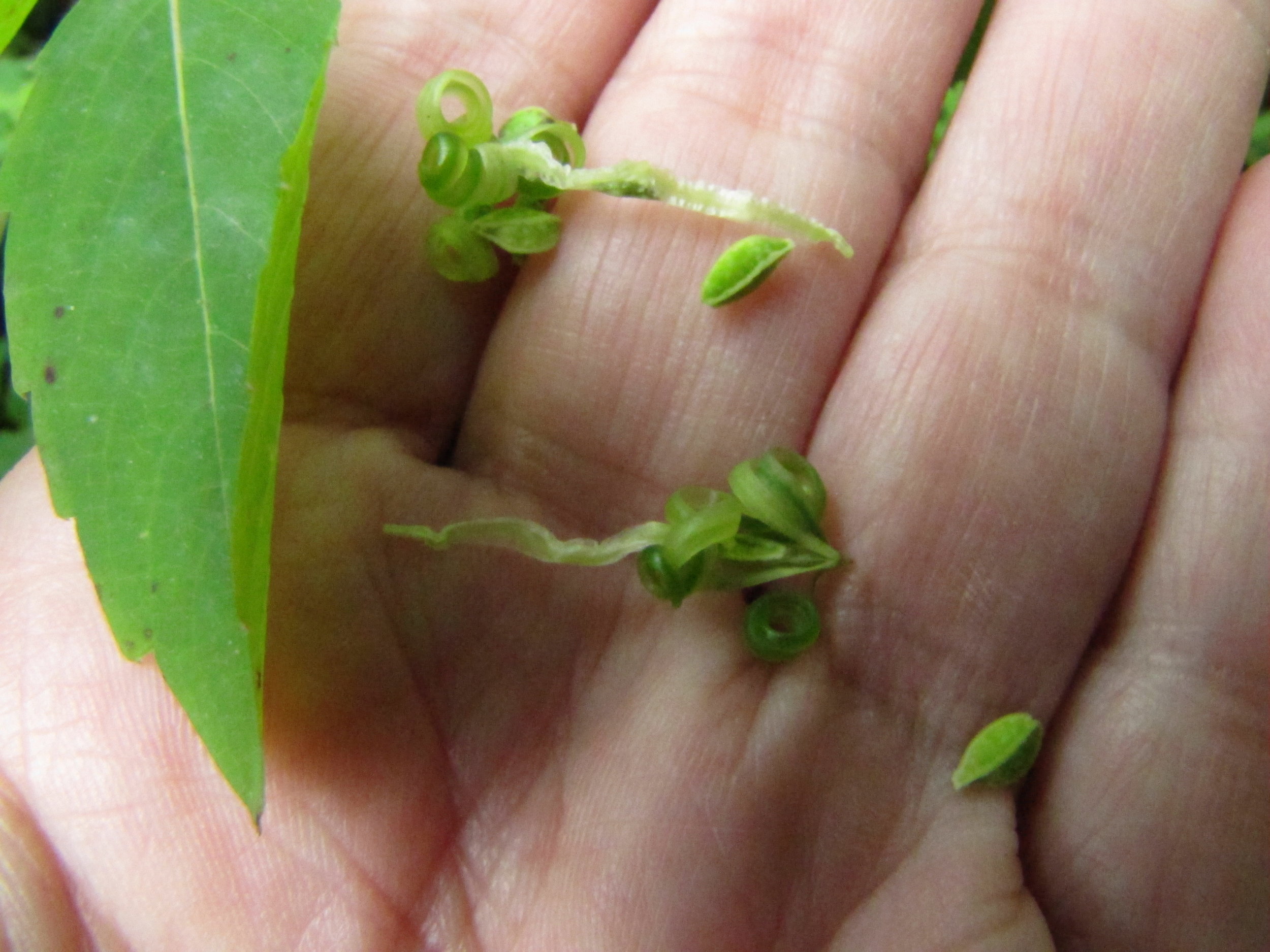Snow. Light and fluffy, it covers the ground. The slightest wind carries it aloft, dropping it softly once again. Another day and the sun has returned. Now the snow begins it's journey back into water. First, wherever a dark branch or stalk rises above the snow, the heat collects. A drop trickles down. The snow it touches wavers between frozen and thawed for a brief moment, then it too becomes a drop. Soon slush sits on the yet unfrozen ground. If the sun stays long enough and the temperature hovers above 32 degrees, it will soon be mostly gone. Always a few shaded, deeper areas of snow seem to resist. Maybe they will soften, but still be there when night falls along with the temperature.Tomorrow it may melt again. It seems the only beings who really care are the humans.
The animals go about their business. Unless it is a deep snowfall that hinders the travels of the long legged deer, their lives go on.
I had a vole in my house the other night. You would think with multiple cats and a dog in the house, that it didn't stand a chance. You would be wrong. It wandered down the hallway, into bedrooms, across the living room, stopped for a drink at the water dish, all followed by a cat or two. They took turns escorting this little visitor around. None would attack. They all knew that voles bite. The blind cat took the most interest. The sound of it moving around was enough for him to track it, occasionally batting at it with a paw. Everyone gradually lost interest and it wandered off. Then I read in one of my many books that voles can have up to 8 litters a year. Perhaps I have made a mistake in letting it wander in my house...







